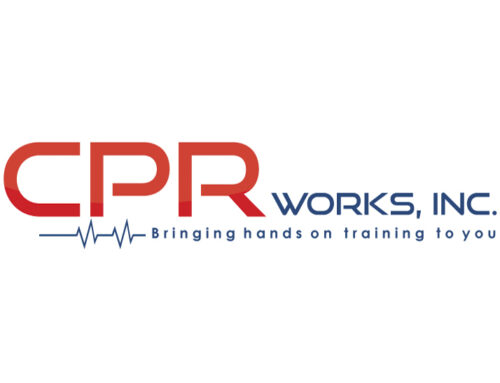Emergency Preparation By Using Drowning CPR with Rescue Breaths Is a very important technique to know. In this article, we’re going to go over it.
The Importance of Drowning CPR
In emergency situations, especially drowning incidents, knowing how to perform CPR can be critical. Drowning is often a hypoxic event, where a lack of oxygen affects vital organs, and immediate action can mean the difference between life and death.
What is Drowning CPR?
Drowning CPR combines traditional CPR with rescue breaths. CPR (Cardiopulmonary Resuscitation) involves chest compressions to maintain blood circulation, while rescue breaths provide oxygen to a person who has stopped breathing. Together, these techniques enhance the likelihood of survival and minimize potential damage to the brain and other organs.
Why is Drowning CPR Necessary?
In drowning scenarios, oxygen supply to the brain is compromised, leading to respiratory and cardiac arrest. The air we breathe has an oxygen level of about 21%, while exhaled air has around 16-17%. By administering rescue breaths along with chest compressions, you can increase the oxygen in the victim’s blood, which is vital for sustaining life until professional help arrives.
How and When to Perform Drowning CPR
- Call for Help: Always call 911 or have someone do it immediately.
- Check Responsiveness: Use the Shout-Tap-Shout method—shout for a response, tap the shoulder (or foot for infants), and shout again if there’s no response.
- Position the Victim: Lay the person on their back on a firm surface.
- Chest Compressions:
- For Adults: Place two hands in the center of the chest and give 30 compressions at a depth of about 2 inches. Allow full chest recoil between compressions.
- For Children/Infants: Use two thumbs or two fingers for compressions, pushing down to a depth of about 1.5 inches.
- Rescue Breaths:
- Open Airway: Use the head-tilt technique. Pinch the nose, take a normal breath, and create a seal over the person’s mouth. Administer breaths that last about 1 second each, ensuring the chest rises.
- Continue: Do not stop until professional help arrives or signs of life are evident.
Special Considerations for Children and Infants
Children and infants are particularly vulnerable in drowning situations, as their oxygen levels drop more quickly. Effective rescue breaths are crucial, as they are more likely to experience airway constriction. If you’re unable to perform rescue breaths, hands-only CPR is preferable to doing nothing.
Drowning CPR Can Save Lives
CPR training is essential for anyone who may encounter a drowning emergency, especially those who live near water or care for children. Organizations often require babysitters, teachers, and caregivers to be CPR certified. Regular training refreshers every 1-2 years ensure that you are prepared for the latest techniques and recommendations.
By learning and practicing drowning CPR, you can play a vital role in emergency preparedness and potentially save a life.
To learn how to rescue breath for a drowning victim, you can find a class nearby here: https://cprworksofcharlotte.enrollware.com/schedule
- Charlotte
- Rock Hill
- Gastonia
- Concord
- Cornelius
- Monroe
- Harrisburg
- Matthews
- Mint Hill
- Fort Mill
- Indian Land
- Kannapolis
- Belmont
- Wilmington
- Jacksonville
- Shallotte
- Carolina Beach
- Surf City
- Hampstead
- Sneads Ferry
- Leland
- Southport
- Greensboro
- High Point
- Hickory
- Columbia
- Florence
- Myrtle Beach
- North Myrtle Beach
- Surfside Beach
- Myrrells Inlet
- Conway
- Ocean Isle Beach





Leave A Comment